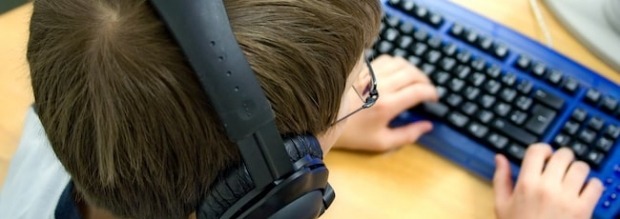
Helen, Inclusion Manager at a junior school
In our large junior school, we offer Touch-type Read and Spell as an invite-only club. Children are invited to participate if they are assessed with dyslexia or dyspraxia, or if their teacher recommends they are included. Having been impressed with its impact on 9 to 11-year-old children, we have now opened it up to some of our younger pupils too.
The club has a very low drop-out rate, partly, I suspect, because of the added incentive of earning sweets or other little prizes when they achieve 100% accuracy on a typing module. To fund the club, parents pay a small fee of £40 per year.
I have seen a great boost in self-esteem amongst our more reluctant writers, especially once they have built up enough speed and keyboard familiarity to start using a laptop in class for longer writing tasks. With regular practice at home, children can make quick progress, but as this is child-led, fast progress is not guaranteed. As well as typing in class, children are encouraged to use a computer for homework – and parents have said this can make written homework less of a battle.
Our children attend two 40-minute sessions before school each week and are encouraged to use TTRS at least twice a week at home as well. The fact that every child can learn at his or her own pace and level is great, adding to the appeal of running the program at school.
One particular youngster, who has greatly benefited, started TTRS when he was 9 years old. When he first began, the small amount of writing he produced was laboured, difficult to read, and did not reflect his articulate speech. He has dyslexia and dyspraxia, and his parents were advised by a specialist teacher to encourage daily practice at home on top of our twice-weekly sessions at school so that he would be a confident typist at secondary school. He left our school being able to type accurately at 40 words per minute – a skill that will show his true ability at school, and that he will use all his life.



